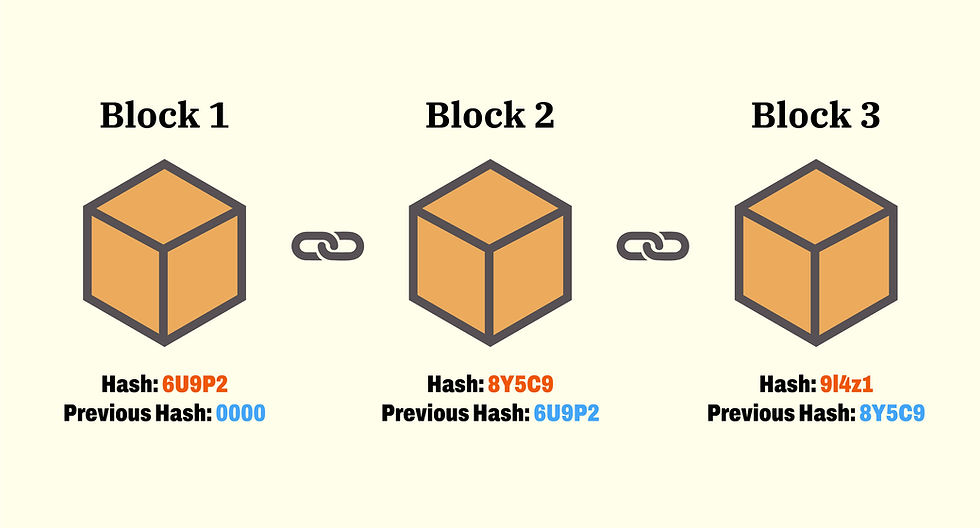How Transactions Being Validated on Cardano Blockchain?
- Cardanesia
- Dec 3, 2022
- 2 min read

Cardano is a decentralized, open-source blockchain and cryptocurrency project that is focused on providing a more secure and scalable platform for the development and execution of smart contracts and decentralized applications. One of the key features of the Cardano network is its proof-of-stake (PoS) consensus algorithm, which is used to validate transactions and secure the network.
In a PoS system, the likelihood of a node being chosen to validate a transaction is determined by the amount of cryptocurrency that it holds, or "stakes." This is in contrast to proof-of-work (PoW) systems like Bitcoin, where the likelihood of a node being chosen is determined by the amount of computing power it contributes to the network.
When a transaction is initiated on the Cardano network, it is broadcast to the network of nodes, where it is verified and validated by the consensus algorithm. This process involves several steps, including:
Selection of the node: The first step in the transaction validation process is the selection of the node that will be responsible for validating the transaction. In a PoS system like Cardano, this is determined by the amount of stakes that the node holds, and the likelihood of it being selected increases as the amount of stakes increases.
Verification of the transaction: Once a node has been selected, it is responsible for verifying that the transaction is valid, i.e. that it conforms to the rules of the Cardano network and that it does not violate any existing contracts or agreements. This involves checking the transaction data, the sender and recipient addresses, and the amount of cryptocurrency being transferred.
Signing of the block: If the transaction is deemed to be valid, the node will sign the block containing the transaction, which serves as proof that the transaction has been validated and accepted by the network. This signature is a cryptographic proof that the transaction is valid and cannot be forged or altered.
Propagation of the block: Once the block has been signed, it is propagated to the rest of the network, where it is added to the blockchain and becomes a permanent record of the transaction.
Overall, the transaction validation process on the Cardano network is designed to be secure, efficient, and transparent, and is an essential part of its proof-of-stake consensus mechanism. By using PoS, Cardano is able to provide a more sustainable, decentralized, and secure platform for the execution of smart contracts and decentralized applications.
Comments